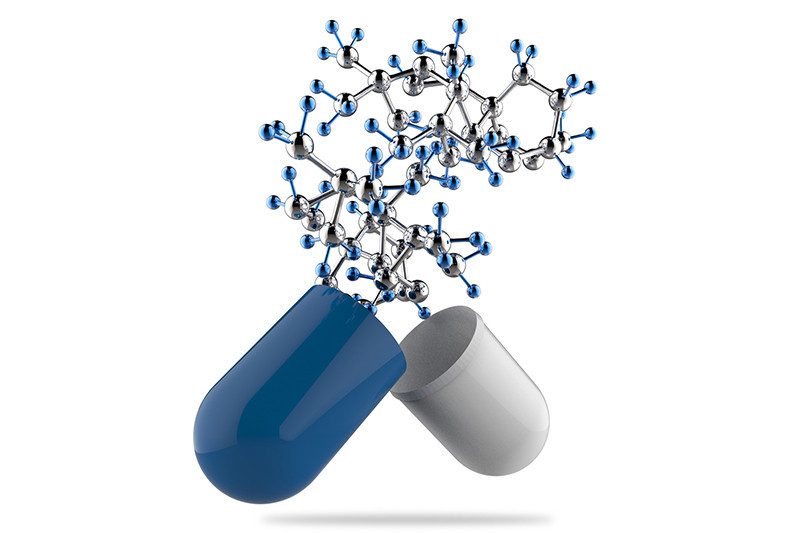
The drug industry is witnessing a revolution, fueled by technology advancements and the increasing demand for more effective drug discovery. Drug designing tools are at the center of speeding up research, saving costs, and enhancing the success rate of new drug candidates. These tools use computational models, artificial intelligence (AI), and molecular simulations to optimize drug development, making them an essential component of contemporary drug research. As the need for precision medicine and targeted therapies increases, the drug designing tools market is expanding, presenting new opportunities for innovation and growth.
Technological Developments in Drug Designing
Technology advancement has greatly impacted the drug designing process. Artificial intelligence and machine learning are now an essential part of drug discovery, allowing scientists to study complicated biological data, forecast drug interactions, and design novel molecules with enhanced efficacy. High-performance computing and cloud-based technologies have also improved the simulation of molecular interactions, enabling quicker and more precise prediction. Such advances in technology are reducing the research timelines of pharma companies and making drug discovery more efficient.
Growing Need for Precision Medicine
Increased emphasis on precision medicine has been one of the primary drivers for pharma companies to adopt drug designing tools. The conventional drug discovery processes tend to rely on trial-and-error procedures, which can prove to be expensive and time-consuming. Conversely, contemporary drug design tools facilitate the creation of targeted medicines based on genetic and molecular profiles. The move towards personalized therapies has led to greater demand for computational drug design tools capable of predicting drug candidates suited to the unique requirements of each patient.
Integration of AI and Big Data Analytics
The combination of AI and big data analytics has transformed the drug discovery process. AI-based drug design software can analyze large datasets, recognize patterns, and propose potential drug compounds with high accuracy. These software are especially helpful in detecting drug repurposing opportunities, where drugs already approved can be repurposed for new therapeutic uses. Moreover, predictive modeling with AI facilitates scientists to evaluate the safety and efficacy of drug candidates prior to clinical trials, minimizing the risk of failure and shortening time to market.
Market Segmentation
By Solution
· Multi Databases
· Virtual Screening Tools
· Structure Designing Tools
· Predictive Analytics
· Model Building Tools
· Others
By Application
· Chemical Screening
· Molecular Modeling
· Target Prediction
· Binding Site Prediction
· Docking
· Energy Minimization
· Others
By End-User
· Pharmaceutical Companies
· Biotechnology Companies
· Academic and Research Institutes
· Contract Research Organizations
· Others
Key Players
· Novo Informatics
· Biovia Corp.
· Schrodinger LLC
· Agilent Technologies
· Albany Molecular Research
· Openeye Scientific Software
· Chemaxon
· BioSolveIT GmbH
· Xtalpi Inc.
Geography
· North America
· Europe
· Asia-Pacific
· South and Central America
· Middle East and Africa
Increased Collaboration Between Industry and Academia
Collaboration among academic research centers, pharmaceutical enterprises, and technology companies is key to improving drug designing tools. Research universities are aligning with biotech firms to design novel computational tools for the discovery of drugs. Open-source platforms and data-sharing projects have further aided in knowledge sharing, leading to a more collaborative drug development environment. This wave is leading to innovation and greater access to state-of-the-art drug designing technologies.
Regulatory Hurdles and Compliance Needs
While drug designing tools have various advantages, compliance is a persistent regulatory hurdle. The pharma industry is a regulated sector where emerging drug discovery technologies need to follow strict norms as dictated by the regulatory agencies. Maintaining data security, AI model validation, and complying with international standards are some of the most pressing issues that organizations face. Yet, regulatory bodies are increasingly acknowledging the value of computational drug design and are moving towards guidelines that enable the incorporation of these tools into the drug development pipeline.
Expansion of Cloud-Based Solutions
Cloud computing has proven to be a game-changer in the drug designing tools market. Cloud-based solutions allow researchers to access immense computational resources, work remotely, and automate data management. The use of Software-as-a-Service (SaaS) products has also facilitated drug designing tools’ accessibility for startups and small biotech companies that do not have the facilities for extensive computational research. This growth of cloud-based drug discovery solutions is poised to propel market growth further.
Conclusion
The market for drug designing tools is experiencing a high rate of growth, driven by advancements in technology, growing demand for precision medicine, and AI-led innovations. The convergence of big data, machine learning, and cloud computing has revolutionized drug discovery and development, enhancing the process’s efficiency and cost-effectiveness. Though regulatory hurdles persist, industry-academia collaborations remain at the fore of development, rendering drug designing tools an indispensable part of contemporary pharmaceutical research. As the industry continues to mature, these tools will be pivotal in defining the future of drug development and personalized medicine.